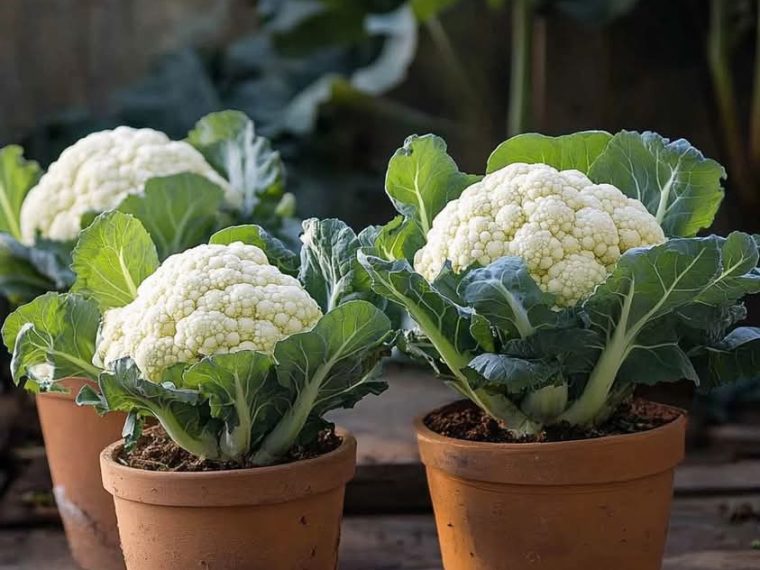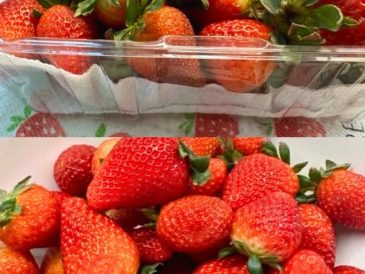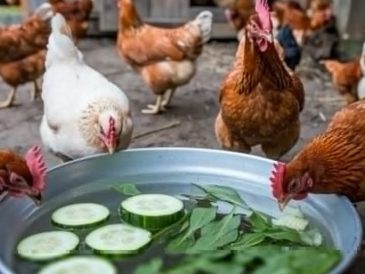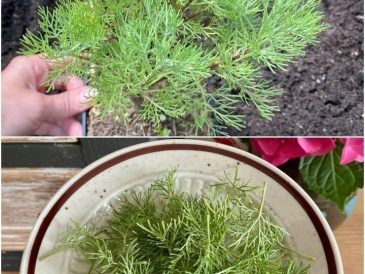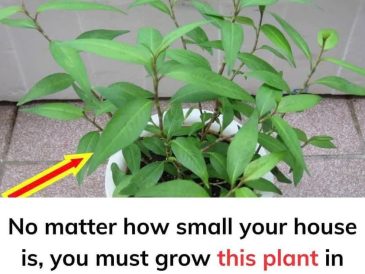Growing cauliflower in a pot is a rewarding endeavor for both novice and experienced gardeners. This method is perfect for those with limited space, such as apartment dwellers or urban gardeners, who wish to enjoy fresh, homegrown vegetables. Cauliflower, a cool-season crop, can thrive in containers with the right care and attention. This guide will walk you through the process of cultivating the largest cauliflower possible in a pot, from selecting the right variety to harvesting your bounty.
Understanding the Ideal Conditions for Cauliflower Growth
Cauliflower requires specific conditions to grow successfully. It thrives in cool temperatures, ideally between 60-70°F (15-21°C). It is sensitive to heat, which can cause the heads to become loose and ‘button.’ Ensure your growing area receives 6-8 hours of sunlight daily, but consider providing some afternoon shade in hotter climates. Consistent moisture is crucial, as dry spells can lead to poor head formation. Understanding these conditions will help you create an optimal environment for your cauliflower.
Selecting the Right Pot and Soil for Cauliflower
Choosing the right pot is essential for growing large cauliflower. Opt for a container that is at least 12-18 inches deep and wide to accommodate the plant’s root system. Ensure the pot has adequate drainage holes to prevent waterlogging. Use a high-quality potting mix rich in organic matter, which retains moisture while allowing excess water to drain. Adding compost or well-rotted manure can enhance soil fertility, providing essential nutrients for robust growth.
Choosing the Best Cauliflower Variety for Pot Growth
Not all cauliflower varieties are suited for container gardening. Select compact or dwarf varieties, such as ‘Snowball’ or ‘Amazing,’ which are bred for smaller spaces. These varieties mature quickly and produce dense, flavorful heads. Research and choose a variety that matches your climate and growing conditions to maximize your chances of success.
Preparing the Pot: Step-by-Step Instructions
Begin by selecting a clean pot with drainage holes. Fill the pot with your chosen potting mix, leaving about an inch of space from the rim. Moisten the soil thoroughly before planting. If you are using seeds, sow them directly into the pot, spacing them according to the seed packet instructions. For transplants, dig a hole slightly larger than the root ball and place the seedling at the same depth it was growing in its original container. Firm the soil gently around the plant and water well.
Planting Cauliflower Seeds: A Detailed Guide
If starting from seeds, sow them 1/4 to 1/2 inch deep in the prepared pot. Space seeds 3-4 inches apart to allow room for thinning. Keep the soil consistently moist but not waterlogged. Germination typically occurs within 7-14 days. Once seedlings have two true leaves, thin them to one plant per pot to ensure adequate space for growth. If starting with transplants, plant them as described in the pot preparation section.
Watering and Fertilizing: Ensuring Optimal Growth
Cauliflower requires consistent moisture, so water the pot regularly, ensuring the soil remains evenly moist. Avoid letting the soil dry out completely between waterings. Fertilize every 4-6 weeks with a balanced, water-soluble fertilizer or a slow-release granular fertilizer. Pay attention to the nitrogen content, as too much can lead to excessive leaf growth at the expense of head development. Monitor the plant’s growth and adjust your care routine as needed.
Managing Pests and Diseases in Potted Cauliflower
Common pests affecting cauliflower include aphids, cabbage worms, and slugs. Regularly inspect your plants and remove any pests by hand or use insecticidal soap for severe infestations. To prevent diseases such as clubroot or downy mildew, ensure proper drainage and avoid overhead watering. Crop rotation and maintaining cleanliness around your pots can also reduce disease risk. If a plant becomes severely affected, remove it to prevent the spread of disease.
Harvesting the Largest Cauliflower from Your Pot
Harvest your cauliflower when the heads are firm, compact, and white. This typically occurs 70-100 days after planting, depending on the variety. Use a sharp knife to cut the head from the plant, leaving a few leaves attached to protect it. Harvesting promptly ensures the best flavor and texture. If you notice the heads beginning to separate or discolor, harvest immediately to prevent quality loss.
Common Mistakes to Avoid When Growing Cauliflower in Pots
Avoid common pitfalls such as choosing the wrong pot size, using poor-quality soil, or planting in unsuitable weather conditions. Overwatering or underwatering can lead to root problems, while insufficient sunlight can result in poor head formation. Be mindful of pest and disease management, and avoid overcrowding plants, which can lead to competition for resources. Learning from these mistakes will improve your success in growing large cauliflower.
Conclusion: Enjoying Your Homegrown Cauliflower
With patience and care, you can successfully grow large, delicious cauliflower in a pot. This method of gardening not only provides fresh produce but also offers a sense of accomplishment and connection to nature. Enjoy your homegrown cauliflower roasted, steamed, or in a variety of dishes, knowing that your efforts have yielded a nutritious and satisfying harvest.

